Welcome, fellow dog lovers! As a holistic veterinarian, I’ve had the pleasure of working with many breeds, but there’s something special about Great Danes. Their size, their loyalty, and their gentle nature make them a joy to care for. But, like all breeds, they have their unique health issues, and one of the most common areas of concern is their eyes. Today, we’re going to focus on Great Dane Eye Health – Conditions & Solutions From Vet.
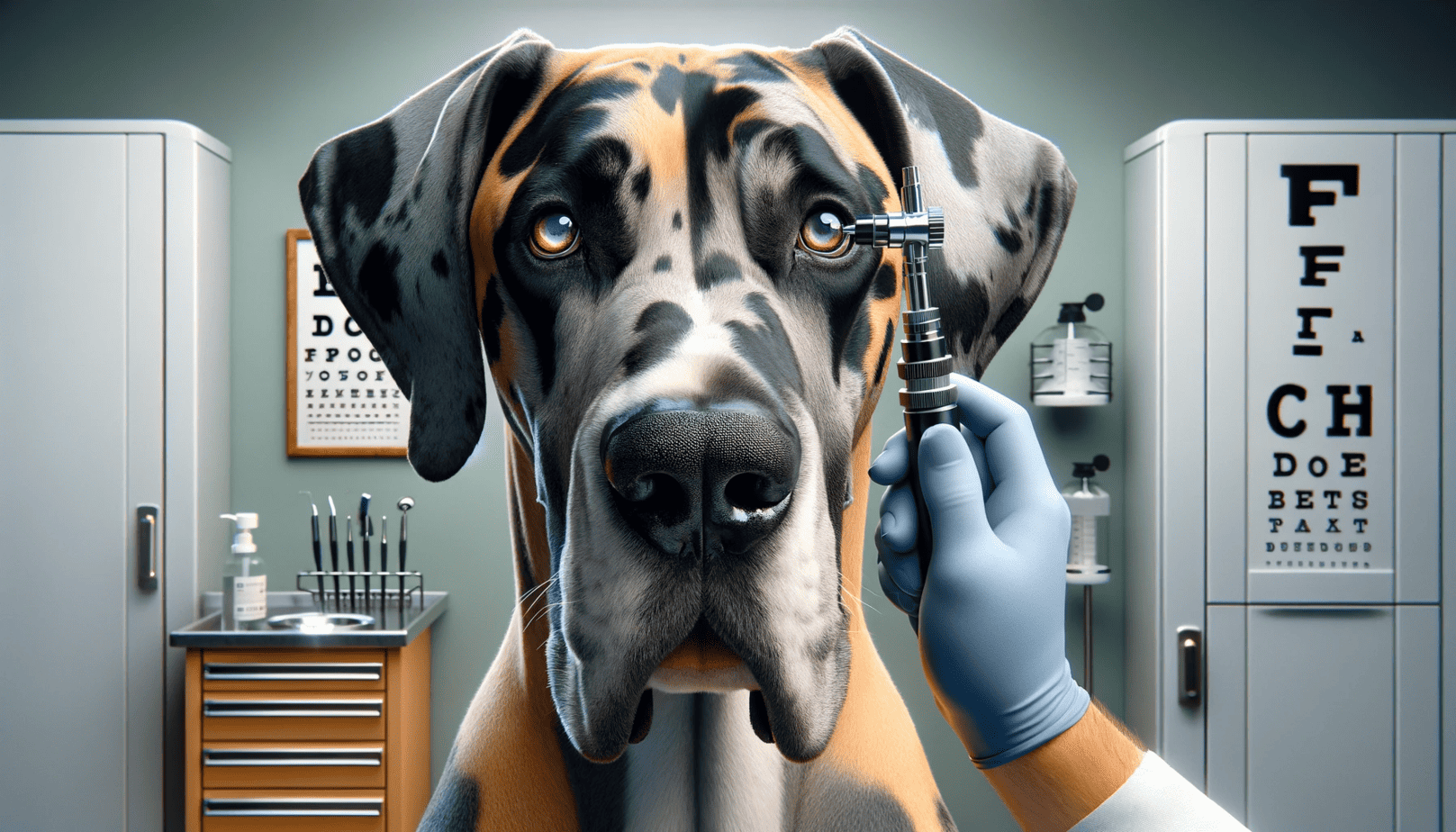
Great Danes, with their big, expressive eyes, can be prone to a number of eye health conditions. These can range from minor irritations to serious diseases that could potentially affect their vision. But don’t worry, as a veterinarian, I’m here to guide you through these issues, and provide you with effective solutions to ensure your Great Dane’s eyes stay as healthy as possible.
We’ll explore the unique eye structure of Great Danes, delve into the most common eye problems they face, and discuss preventative measures you can take. We’ll also talk about the importance of a good diet and environmental hygiene in maintaining your Great Dane’s eye health. So, whether you’re a seasoned Great Dane parent or considering bringing one of these gentle giants into your home, this information will be invaluable. Let’s get started on our journey towards better understanding and caring for our Great Dane’s eyes!
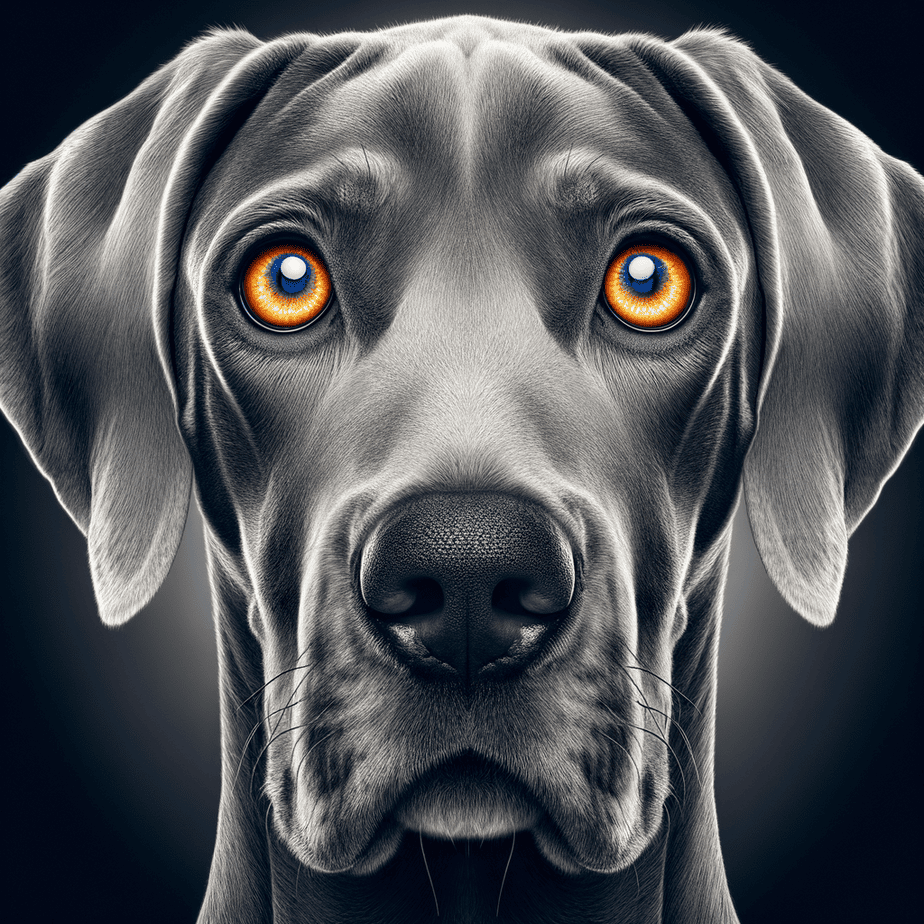
Understanding Great Dane Specific Eye Structure
Did you know that the majestic Great Dane’s eyes are as unique as their towering stature? Yes, these gentle giants have a distinctive eye structure that sets them apart. Let’s delve into the world of Great Dane eye health and understand their specific eye structure, which is key to maintaining their optimal vision.
A Great Dane’s eyes are generally medium-sized and almond-shaped, with an alert and intelligent expression. They are set moderately apart and slant upwards towards the ears. The color of the eyes typically corresponds with the dog’s coat color, ranging from dark brown in lighter-colored Danes to blue or even multi-colored in Harlequin Danes.
What makes a Great Dane’s eye structure special is the nictitating membrane or the third eyelid. This thin, translucent film is an extra layer of protection that helps to keep their eyes moist and free from dust and debris. However, this unique feature can sometimes lead to specific eye health issues, which we will discuss in the next section.
Another critical component of their eye structure is the cornea, a clear outer layer that covers the front of the eye. It plays a crucial role in focusing light onto the retina at the back of the eye. The retina is responsible for converting light into signals that the brain interprets as images. Any damage to these parts can significantly impact a Great Dane’s vision.
Lastly, let’s not forget the importance of the eyelashes in a Great Dane’s eye structure. These not only add to their expressive eyes but also serve a protective function. They help to shield the eyes from foreign particles and light that can cause discomfort.
Understanding the specific eye structure of your Great Dane is the first step in ensuring their eye health. By being aware of the unique features and functions of their eyes, you can better detect any abnormalities and seek timely veterinary solutions. Remember, proactive eye care is vital in preserving your Great Dane’s vision and overall eye health.
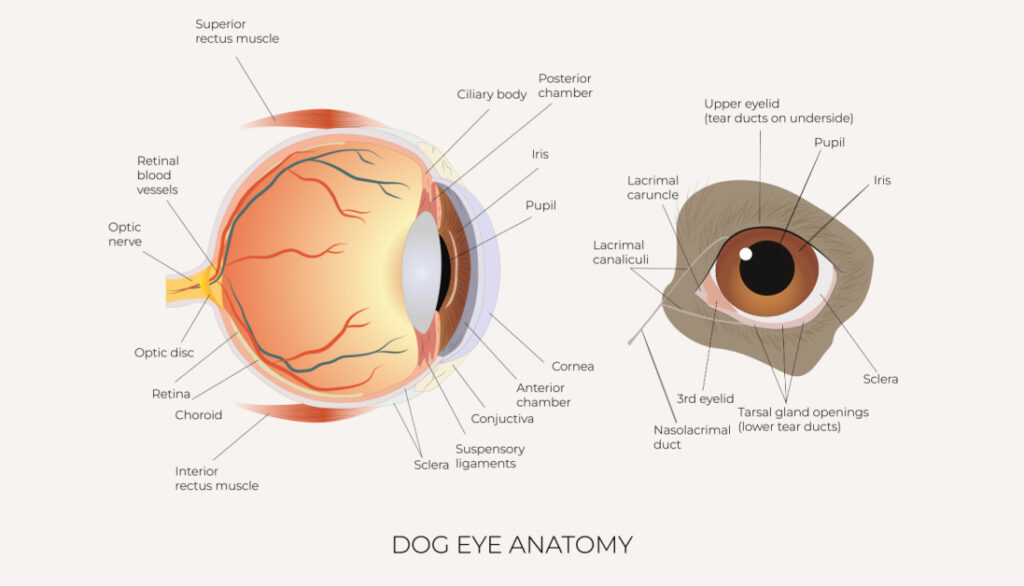
Common Eye Issues In Great Dane
As a veterinarian, I often see Great Dane Eye Health – Conditions & Solutions From Vet as a common concern among pet parents. These majestic dogs are prone to certain eye issues, which, if left untreated, can lead to severe complications. Let’s take a closer look at these conditions.
- Cherry Eye: This condition occurs when the gland in a Great Dane’s third eyelid prolapses, causing a red mass to protrude from the corner of the eye. While it is not typically painful, it can lead to dry eye or conjunctivitis if not addressed promptly.
- Entropion: In this condition, the eyelids roll inward, causing the lashes to irritate the cornea. It can lead to corneal ulcers, which are painful and can impair vision.
- Ectropion: This is the opposite of entropion, where the eyelids roll outward, exposing more of the eye than is healthy. This exposure can lead to dryness and irritation.
- Progressive Retinal Atrophy (PRA): This is a genetic disorder that leads to the gradual loss of vision. The condition is irreversible, but early detection can help manage the progression.
- Corneal Dystrophy: This is a group of eye disorders that affect the cornea, causing cloudiness and vision impairment. It’s typically an inherited condition in Great Danes.
As a pet parent, you should also be vigilant about any changes in your Great Dane’s eyes. Symptoms such as redness, discharge, squinting, cloudiness, or changes in eye color should not be ignored. Contact your vet immediately if you notice any of these signs.
While some of these conditions are inherited and cannot be prevented, others can be managed with proper care and attention. Following the recommended Great Dane Eye Care Tips can help maintain your dog’s eye health and ensure they live a happy and healthy life.
Prevention of Eye Problems
Ensuring your Great Dane gets the right nutrients for optimal eye health is essential for maintaining clear vision and preventing age-related issues. Natural, nutrient-rich foods and supplements can play a key role in supporting their eyesight. From vitamin A-packed freeze-dried liver treats to antioxidant-rich blueberries and targeted supplements like Eyeplex by Standard Process, there are several ways to nourish your dog’s eyes. In this section, we’ll explore how these powerful ingredients contribute to long-term vision health and overall well-being.
Eyeplex by Standard Process
Eyeplex by Standard Process is a specialized supplement designed to support your Great Dane’s eye health with a blend of essential nutrients. Formulated with key vitamins, minerals, and antioxidants, Eyeplex helps protect against oxidative stress, supports retinal function, and promotes overall vision health. Ingredients like vitamin A, vitamin C, and zinc contribute to maintaining strong eyesight, while whole food ingredients provide additional phytonutrients for cellular protection. Adding Eyeplex to your Great Dane’s diet can be especially beneficial for aging dogs or breeds prone to eye conditions, offering targeted nutritional support to keep their vision sharp and healthy for years to come.
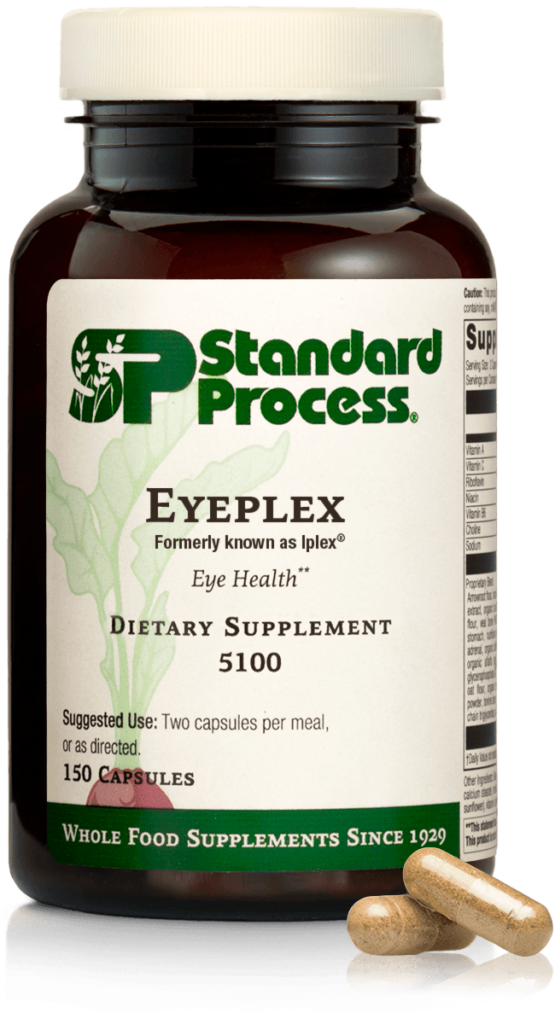
Freeze-Dried Blueberries
Freeze-dried blueberries are a powerhouse of antioxidants that can help protect your Great Dane’s eyes from oxidative stress and age-related damage. Rich in vitamins C and E, as well as anthocyanins, these tiny but mighty berries help combat free radicals that can contribute to eye diseases like cataracts and macular degeneration. Incorporating freeze-dried blueberries into your dog’s diet provides a natural and delicious way to support retinal health, reduce inflammation, and promote overall vision longevity. Plus, they’re a low-calorie, dog-friendly treat that makes a great addition to a balanced diet for long-term eye health.
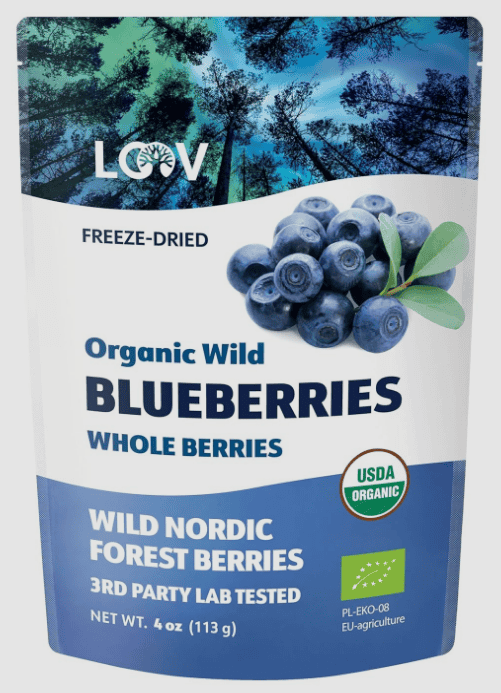
Freeze-Dried Liver
Freeze-dried liver treats are an excellent natural source of vitamin A, an essential nutrient for your Great Dane’s eye health. Vitamin A plays a crucial role in maintaining good vision, especially in low-light conditions, while also supporting overall immune function and skin health. Since liver is rich in bioavailable vitamin A, incorporating freeze-dried liver treats into your dog’s diet provides a convenient and nutritious way to promote optimal eye function. Just be sure to feed them in moderation, as excessive vitamin A can lead to toxicity. Adding these nutrient-packed treats to your pup’s routine is a simple, tasty way to support their long-term vision and well-being!

By prioritizing your Great Dane’s eye health through a balanced diet and nutritional supplements, you can help prevent many common eye issues. These simple steps can go a long way in ensuring your pup’s eyes stay healthy and clear for years to come.
Environmental Hygiene To Reduce Eye Problems
When it comes to maintaining your Great Dane’s eye health, environmental hygiene plays a crucial role. It’s not just about what your dog eats or the supplements they take, but also about the environment they live in. Let’s explore some important factors that can help in reducing eye problems in your Great Dane.
Indoor Air Quality
Indoor air quality is a significant factor that can influence your Great Dane’s eye health. Poor indoor air quality can lead to eye irritation, dryness, and even infections. Here are some ways to ensure the air quality in your home is optimal for your Great Dane’s eye health:
- Regularly clean air filters: Dust, dander, and other allergens can accumulate in your air filters, affecting the air quality. Regularly cleaning or replacing these filters can help reduce these allergens.
- Use air purifiers: Air purifiers can help remove allergens and other pollutants from the air, reducing the risk of eye irritation.
- Ensure proper ventilation: Keeping your home well-ventilated can help maintain good air quality. Open windows and doors when possible to allow fresh air in.
Sprays, Diffusers, Candles, Incense
While scented sprays, diffusers, candles, and incense can make your home smell great, they can also irritate your Great Dane’s eyes. Here’s what you can do:
- Choose unscented products: Opt for unscented candles, sprays, and diffusers to avoid irritating your dog’s eyes.
- Keep it out of reach: If you do use scented products, ensure they are well out of your dog’s reach and not in an area where they spend a lot of time.
- Monitor your dog’s reaction: Each dog is different, and what irritates one might not bother another. If you notice your Great Dane rubbing their eyes or showing signs of discomfort after you’ve used a scented product, it’s best to stop using it.
Remember, your Great Dane’s eye health is a reflection of their overall health. By maintaining a clean, safe, and healthy environment, you can help prevent many common eye issues and ensure your Great Dane’s eyes stay as bright and healthy as possible.
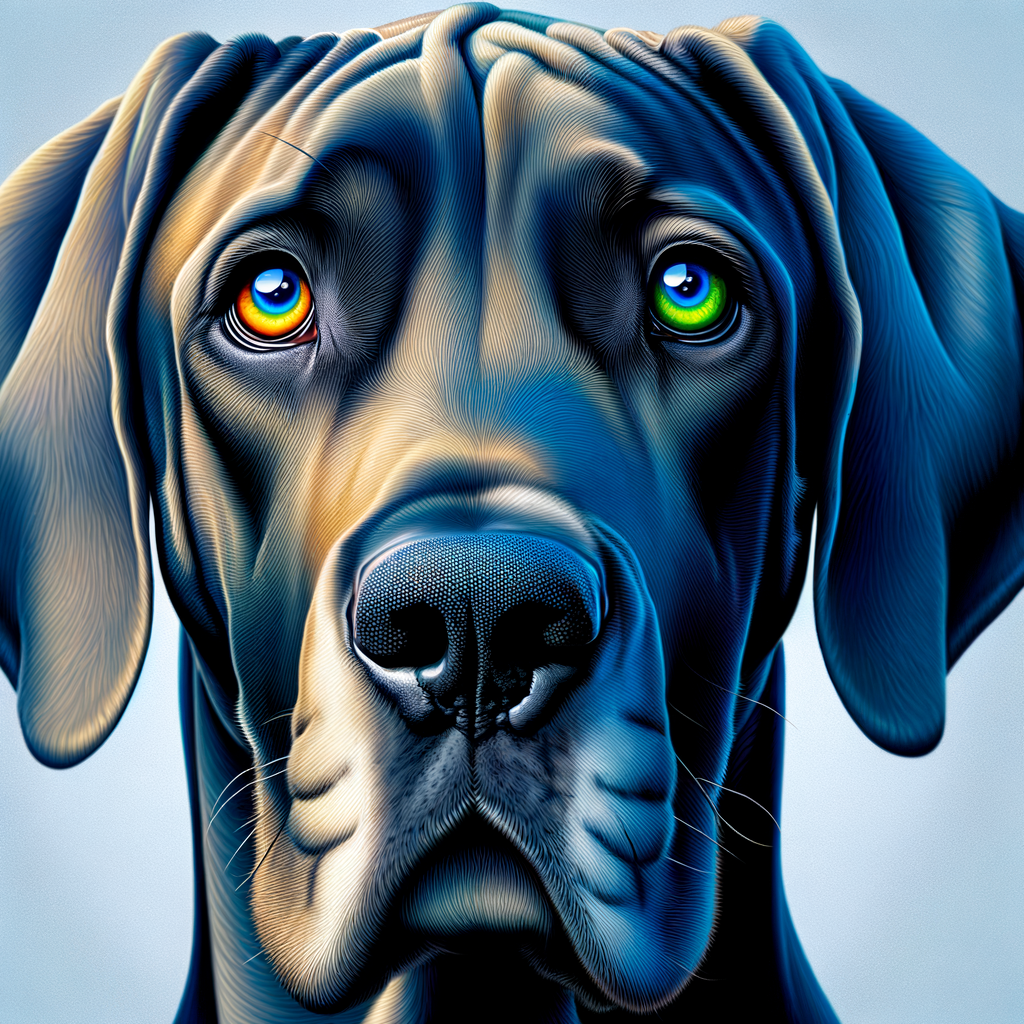
Routine Great Dane Eye Care & Maintenance
As a Great Dane owner, routine eye care and maintenance should be an integral part of your pet’s overall health regimen. By practicing consistent eye care, you can prevent or limit the progression of Great Dane eye diseases and ensure your furry friend’s eyes remain bright and healthy. Here’s how:
Daily & Weekly Care & Maintenance
Begin with a daily examination of your Great Dane’s eyes. Look for signs of redness, discharge, or any noticeable changes. If your dog squints or appears to be in discomfort, it may indicate an eye problem that needs immediate veterinary attention.
Next, make a habit of cleaning your Great Dane’s eyes. Use a clean, damp cloth to gently wipe away any crust or discharge from the corners of the eyes. Always use a fresh area of the cloth for each eye to avoid spreading any potential infection.
On a weekly basis, consider using a vet-approved eye rinse to flush out any debris or irritants. Remember, never use human eye drops or solutions as they may not be safe for your Great Dane.
Monitor Hair Length, Nail Length, Bath Frequency
Believe it or not, your Great Dane’s hair and nail length can also impact their eye health. Long hair, particularly around the face, can irritate the eyes and lead to infection. Regular grooming can help prevent this issue.
Keeping your Great Dane’s nails trimmed is also essential. Overgrown nails can lead to scratches or injuries, especially if your dog has a habit of pawing at their eyes.
Lastly, consider your Great Dane’s bath frequency. While it’s important to keep your pet clean, frequent baths can dry out their skin and eyes. Use a tear-free shampoo and try to avoid getting water or soap in your dog’s eyes.
Remember, these tips are meant to complement, not replace, regular veterinary solutions for Great Dane eye health. Regular check-ups with your vet are essential to monitor your pet’s eye health and catch any potential issues early. With proper care and attention, you can help ensure your Great Dane’s eyes stay as majestic as the rest of them.
Frequently Asked Questions
1. What are common eye conditions that affect Great Danes?
Great Danes are prone to various eye conditions such as entropion, ectropion, cherry eye, cataracts, and progressive retinal atrophy (PRA).
2. What is entropion and how is it treated?
Entropion is a condition where the eyelid rolls inward, causing the eyelashes to rub against the cornea. It can be treated through surgical correction to reposition the eyelid and prevent further irritation.
3. How is ectropion managed in Great Danes?
Ectropion is a condition where the eyelid droops outward, leaving the inner eyelid exposed. It can be managed through regular eye lubrication, ointments, and sometimes surgical correction if necessary.
4. What is cherry eye and how is it resolved?
Cherry eye is a condition where the gland of the third eyelid becomes prolapsed and appears as a red mass in the corner of the eye. It usually requires surgical intervention to reposition the gland and prevent further complications.
5. Can cataracts be treated in Great Danes?
Cataracts in Great Danes can lead to vision loss and may require surgical removal if they significantly impair the dog’s quality of life. However, not all cataracts need immediate treatment, and regular monitoring is essential.
